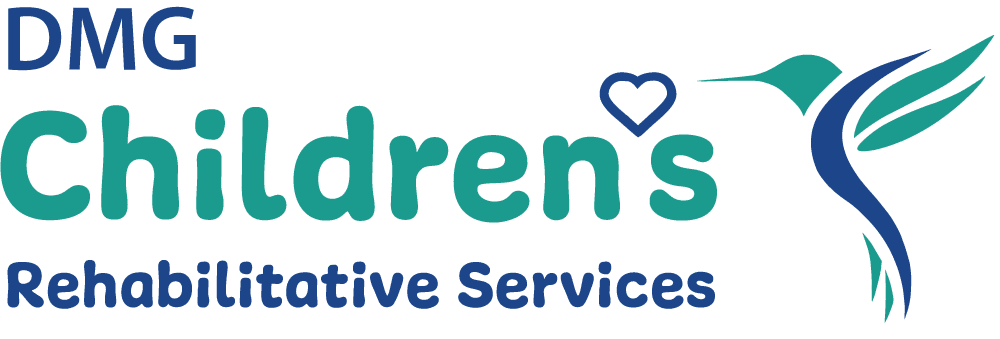Bone Tumors: Causes, Symptoms, and Treatments
What are bone tumors and what causes them in children?
Unfortunately, the cause of bone tumors in children is unknown. Tumors are growths- lumps of tissue- that are not normal. Tumors form when abnormal cells grow without the normal controls to stop them. Bone tumors start in the spine, leg bones, ribs or arm bones. Sometimes, symptoms of a bone tumor have not surfaced, but a tumor is found when a child is getting an X-ray for some other reason.
What are the types of pediatric bone tumors?
Bone tumors in children can be non-cancerous (benign) or cancerous (malignant). Both benign and malignant cancers can come back at the same site after removed.
Benign tumors do not spread. Also called “sarcomas,” malignant tumors can spread (metastasize) to other parts of the body.
What are the types and symptoms of a benign bone tumor? Can a benign tumor become malignant?
Benign bone tumors are more common in children than malignant tumors and rarely become cancerous. Symptoms of a benign bone tumor in a child or teen include a slow growing bump and/or pain. Benign bone tumors can be discovered when a child has a bone fracture and requires an X-ray.
Types of benign bone tumors include:
What are the types of cancerous bone tumors and what are the symptoms?
Types of malignant bone tumors include:
Symptoms of cancerous bone tumors in children and teens include:
What are the treatments for benign and malignant tumors?
If a bone tumor is discovered in your child, your child’s DMG CRS provider will request information about your child’s medical history as well as your family’s medical history. A physical examination as well as X-rays and blood tests will be completed as well.
Your child’s DMG provider will then advise if a biopsy is needed to determine if the bone tumor is benign or malignant and what specific type of bone tumor it is. If a biopsy is needed, a pediatric orthopedic oncology specialist will be added to your child’s care team and perform the biopsy.
Other tests may be ordered to determine the extent of the tumor- if it is growing or has spread to other areas of the body. These tests include:
Many pediatric patients with bone cancers have more than one type of treatment. If the bone tumor is cancerous, your child’s treatment plan will include one or more of the following:
DMG CRS has more than 25 pediatric medical specialties and subspecialities all in one location. Your child’s treatment will be coordinated among these specialists who will partner with you to develop a treatment plan to support your child’s specific needs. With your child’s entire medical team in one location, a single medical record accessed by all your child’s physicians, and on-site support services including labs, imaging, social workers, and more, you can feel confident that your child and family will receive individualized, compassionate, coordinated care. Our goal is to enable you to focus on the health and wellbeing of your child and family throughout the treatment journey.



